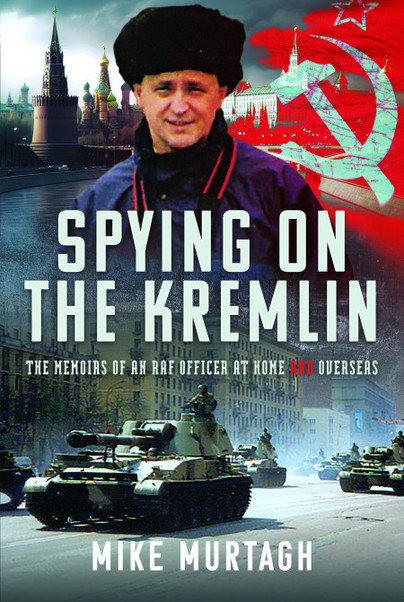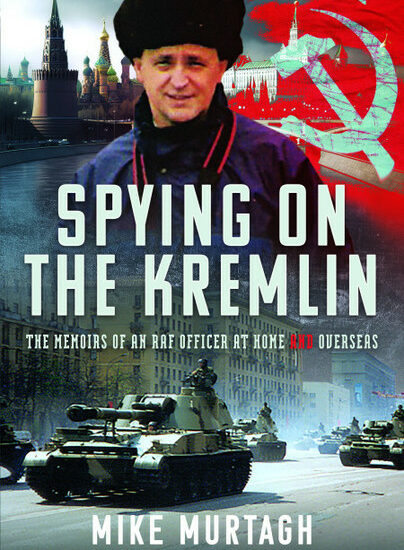JUST SABRE-RATTLING?
Author guest post from Mike Murtagh.
As I wrote in an earlier blog, we certainly live in interesting times! Are we living through a new Cold War, as the media sometimes opines? Are we on the brink of nuclear war, following President Trump’s announcement of the deployment of nuclear ballistic missile submarines ‘closer’ to Russia? What do we make of all the threats being made on both sides in today’s febrile atmosphere? Is it all just performative posturing?
An awful lot is being made in the media about how close we might be to a nuclear exchange, as a result of the US action. As someone who lived through the time of the Cuban Missile Crisis and the almost equally perilous threat we faced in 1983 because of Russia’s paranoid response to the large-scale ‘Able Archer’ NATO exercise, today’s tensions bear no comparison.
In October 1962, when the 13 days of the Cuban Missile Crisis took place, the world got the closest it has ever got to a full-blown nuclear war. President Kennedy called Khrushchev’s bluff over the stationing of ballistic nuclear missiles, easily capable of striking US targets with very little warning, in Cuba. I suppose it’s a bit of a cliche, but the world really did hold its breath. Even I can remember, as a 9-year-old, walking with my mother and hearing the air raid sirens being tested. Sirens gave my mother the heebie-jeebies as a result of her experiences of German air raids on Clydebank during WW2.
Despite the rhetoric about the perceived might of the Soviet military machine at the time, Khrushchev knew actually how weak it really was in the face of superior Western technology and capability. Consequently, he backed down and the world breathed a little easier.
The NATO ‘Able Archer’ exercise in 1983 (in which I was an extremely minor participant) was the next time that we came close to an all-out conflagration. The Soviets, through poor intelligence and military assessment, misinterpreted these large-scale exercises as cover for preparations for a pre-emptive attack. They responded accordingly and, once again, for a short time, the situation became very precarious until cooler heads prevailed, and things de-escalated once more.
The pearl-clutching over Trump’s announcement about the deployment of nuclear missile submarines ‘close’ to Russia ignores some vital aspects of ‘real world’ military doctrine, applicable to both sides. Ballistic missile-carrying submarines are ALWAYS on station in various parts of the world’s oceans and, as such, form an essential part of deterrence. Their locations and targets are highly classified. Trump’s announcement regarding the deployment of nuclear-missile submarines ‘close’ to Russia will have come as no surprise to the Russians, or anybody else who follows these matters. These aren’t additional submarines deployed in response to the current crisis. They were there all the time and will continue to be.
From that perspective, President Trump’s announcement can be seen as a piece of performative politics, designed to show the public that ‘something’ is being done to put pressure on the Russians. Whether or not events in the coming weeks serve to escalate or de-escalate tensions, only time will tell…

Order your copy here.

